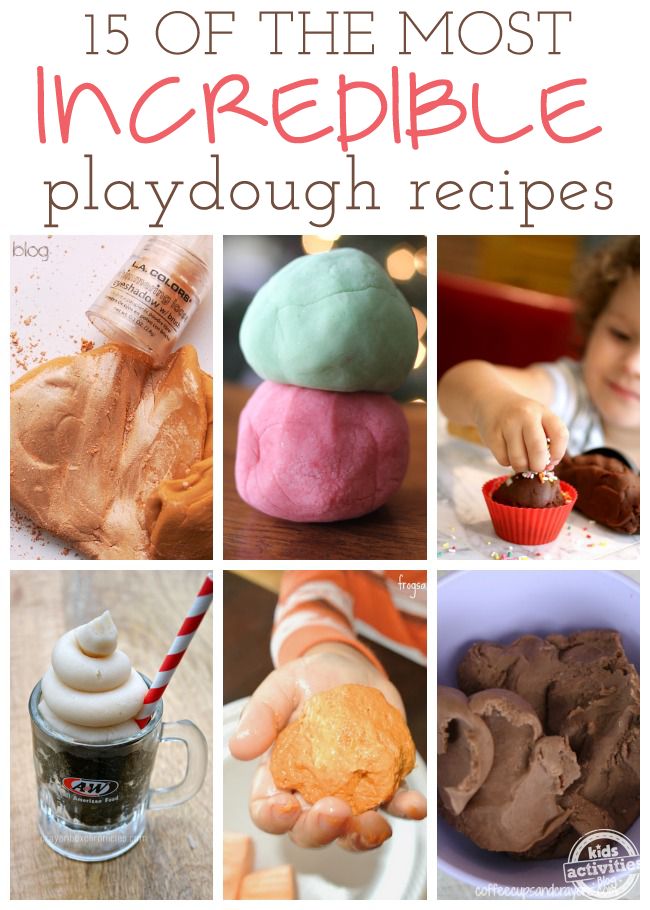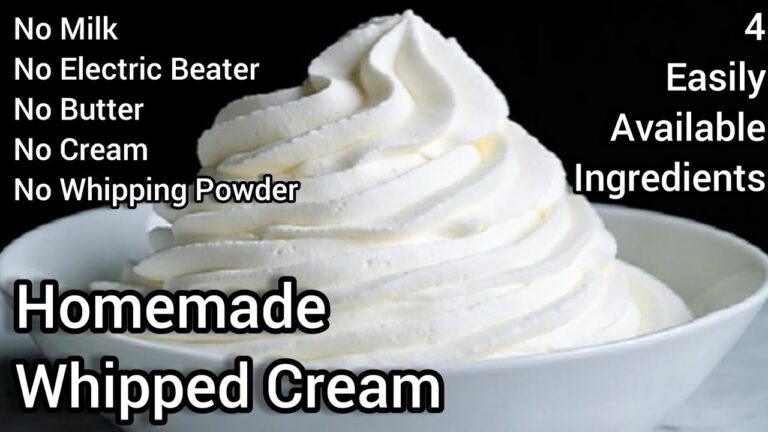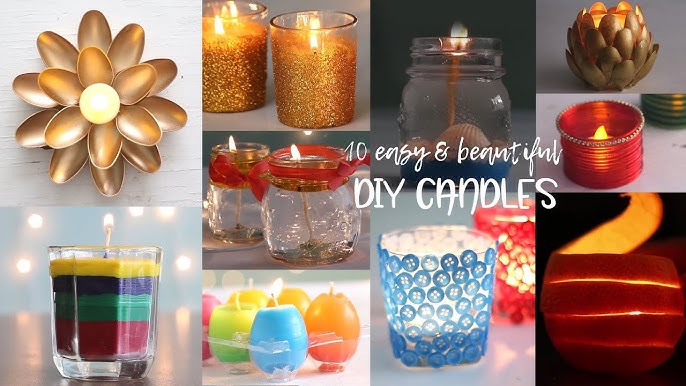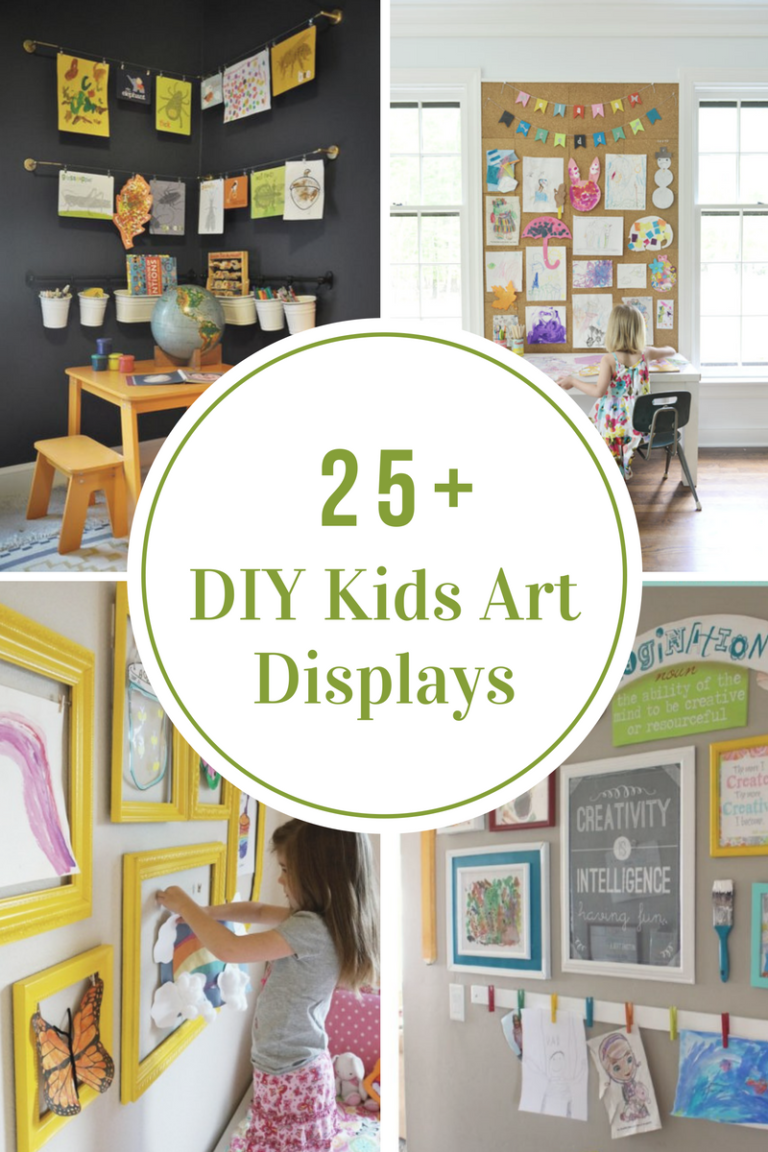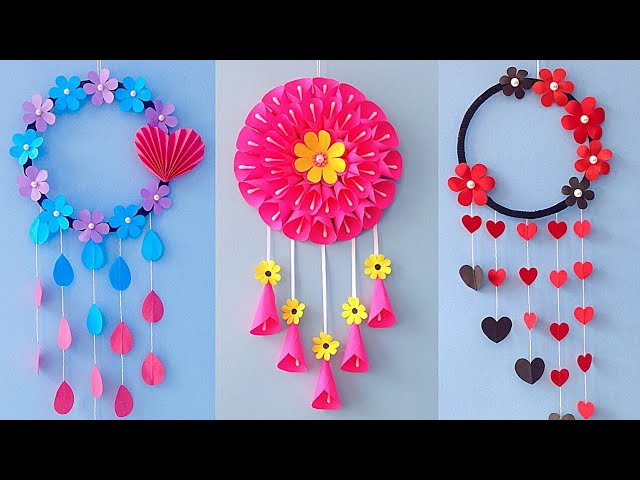15 DIY Flour Playdough Recipes: Fun and Easy Craft Ideas
Playdough is a favorite pastime for kids. It’s fun and easy to make at home.
Flour playdough recipes are simple and budget-friendly. They use ingredients you likely already have in your kitchen. Making playdough yourself ensures it’s safe and free from harmful chemicals. Plus, it’s a great way to spend quality time with your children.
In this blog post, we’ll share 15 DIY flour playdough recipes. These recipes are perfect for any occasion. Whether you want vibrant colors or natural, eco-friendly options, there’s something for everyone. Each recipe is easy to follow and quick to make. So, grab your flour and let’s get started on this fun adventure!
Classic Playdough
Creating playdough at home can be a fun and engaging activity for kids and adults alike. One of the most cherished recipes is the classic playdough. It’s simple to make and provides hours of fun. Plus, it uses ingredients you probably already have in your kitchen.
Simple Ingredients
The classic playdough recipe requires just a few basic ingredients. You’ll need flour, salt, water, vegetable oil, and cream of tartar. For added fun, include food coloring to give your playdough vibrant colors.
Step-by-step Guide
First, mix 2 cups of flour, 1/2 cup of salt, and 2 tablespoons of cream of tartar in a large bowl. In a separate bowl, combine 2 tablespoons of vegetable oil and 2 cups of water. If you want colored playdough, add a few drops of food coloring to the water.
Next, slowly pour the wet ingredients into the dry ingredients. Stir continuously until the mixture forms a dough. If the dough is too sticky, add more flour, one tablespoon at a time.
Once the dough reaches the desired consistency, knead it on a clean surface for a few minutes. This helps to make the playdough smooth and pliable. Store the playdough in an airtight container to keep it fresh for future play sessions.
Gluten-free Playdough
Gluten-Free Playdough is a great alternative for kids with gluten allergies. It’s also perfect for parents seeking healthier play options. Making gluten-free playdough at home is easy and fun. Below are some tips and recipes to get you started.
Alternative Flours
Using alternative flours can create gluten-free playdough. Rice flour is a popular choice. It gives a smooth texture. Almond flour works well too. It’s soft and pliable. Tapioca flour can add stretchiness. Experiment with different flours to find what you like best.
Texture And Consistency Tips
Achieving the right texture is key. Start with small amounts of water. Mix it in gradually. If the dough is too sticky, add more flour. Too dry? Add a bit more water. Knead the dough well. This helps in getting a smooth texture. Store in an airtight container. This keeps it fresh for longer.
Scented Playdough
Creating scented playdough can make playtime even more enjoyable for kids. The delightful aromas engage their senses and add an extra layer of fun. Using natural essential oils ensures that the scents are safe for children. Let’s explore how to make your playdough smell amazing!
Essential Oils
Essential oils are perfect for adding fragrance to your homemade playdough. Here are some popular choices:
- Lavender: Calming and soothing scent.
- Lemon: Fresh and uplifting aroma.
- Peppermint: Invigorating and refreshing.
- Orange: Sweet and citrusy.
- Eucalyptus: Clears the mind.
Use a few drops of your chosen oil to scent the playdough. Too much can be overwhelming, so start small and add more if needed.
Mixing Scents
Combining different essential oils can create unique and delightful fragrances. Here are some ideas:
| Combination | Resulting Scent |
|---|---|
| Lavender & Lemon | Calming and refreshing |
| Orange & Peppermint | Sweet and invigorating |
| Eucalyptus & Lemon | Clearing and uplifting |
Experiment with different blends to find your favorite. Mixing scents can add a whole new level of fun to playdough time.
Edible Playdough
Edible playdough is a fun and safe option for kids. It combines creativity with peace of mind for parents. You can make it at home using simple ingredients. Let’s explore some exciting edible playdough recipes you can try.
Safe Ingredients
Safety is a top priority when making edible playdough. Use common pantry items. Flour, water, and oil are the basics. Add food coloring for vibrant dough. Avoid harmful chemicals and artificial ingredients. Opt for natural colors and flavors. This ensures a safe play experience for children.
Flavor Ideas
Edible playdough can be flavorful too. Add vanilla extract for a sweet scent. Try cocoa powder for a chocolatey aroma. You can also use fruit juices. They add both color and flavor. Lemon, orange, and berry juices work well. Experiment with different flavors. Kids will love the variety.
Colorful Playdough
Making colorful playdough at home can be a fun and creative activity. It allows you to customize the colors and textures to your liking. Using natural dyes and vibrant colors, you can create safe and exciting playdough for kids. Let’s dive into how to make your playdough bright and beautiful.
Natural Dyes
Many parents prefer natural dyes for their playdough. They are safe and non-toxic. You can use ingredients from your kitchen to create beautiful hues. Some popular natural dyes include:
- Turmeric for yellow
- Beetroot for pink
- Spinach for green
- Blueberries for blue
To use these dyes, blend the ingredients with water. Then strain the mixture to get a smooth liquid. This liquid can be added to the playdough mixture for a natural color boost.
Creating Vibrant Colors
For those seeking bright and vivid colors, food coloring is a great option. It is easy to find and comes in many shades. To achieve the best results, add the food coloring to the water before mixing it with the dry ingredients. Here are some tips for vibrant colors:
- Use gel food coloring for intense hues.
- Mix different colors to create new shades.
- Add a few drops at a time to control the intensity.
Remember, a little goes a long way. Start with a small amount and add more if needed. This will help you achieve the perfect color without wasting any dye.
Sparkly Playdough
Creating playdough at home can be a fun and rewarding activity. One of the most exciting variations is sparkly playdough. This type of playdough adds a magical touch to the classic craft. Kids love the glittery effect, which makes their creations shine and sparkle.
Adding Glitter
To make sparkly playdough, you’ll need basic ingredients like flour, water, salt, and oil. The key ingredient, of course, is glitter. Here’s a simple recipe to follow:
| Ingredient | Quantity |
|---|---|
| Flour | 1 cup |
| Salt | 1/4 cup |
| Water | 1/2 cup |
| Oil | 1 tablespoon |
| Glitter | 1 tablespoon (or more) |
- Mix the flour and salt in a bowl.
- Add water and oil to the mixture.
- Stir until the dough forms.
- Knead the dough until smooth.
- Add glitter and knead again.
You can use different colors of glitter for a more vibrant effect. The more glitter you add, the sparklier your playdough will be.
Safety Tips
When making sparkly playdough, it’s important to consider safety:
- Use non-toxic glitter to ensure it is safe for children.
- Supervise young children during play to prevent ingestion.
- Store the playdough in an airtight container to keep it fresh.
- Wash hands after playing to remove any residual glitter.
Following these safety tips ensures that your children have a fun and safe experience with their sparkly playdough.
Eco-friendly Playdough
Creating eco-friendly playdough is not only fun but also safe for the planet. By using sustainable ingredients and eco-friendly packaging, you can ensure that your child’s playtime is both enjoyable and environmentally conscious. Let’s delve into the details of making eco-friendly playdough.
Sustainable Ingredients
Choosing the right ingredients is crucial. Opt for natural and biodegradable materials. Here are some common sustainable ingredients:
- Flour: Use organic or whole wheat flour.
- Salt: Regular table salt works fine.
- Water: Use tap water to avoid plastic bottles.
- Natural Dyes: Use beet juice, spinach, or turmeric.
- Vegetable Oil: Opt for organic oils like olive or coconut.
These ingredients ensure the playdough is safe and reduces the carbon footprint.
Eco-friendly Packaging
Packaging plays an essential role in sustainability. Avoid single-use plastics. Consider the following options:
- Glass Jars: Reusable and easy to clean.
- Metal Tins: Durable and recyclable.
- Cloth Bags: Made from natural fibers, they are biodegradable.
Using these types of packaging not only reduces waste but also adds an aesthetic appeal. You can decorate glass jars with labels or paint to make them more attractive.
By focusing on sustainable ingredients and eco-friendly packaging, you can create a playdough that is fun, safe, and kind to the environment. Enjoy crafting and playing with your little ones while keeping the planet green!

Credit: www.youtube.com
No-cook Playdough
Discover the joy of creating no-cook playdough at home with 15 DIY flour playdough recipes. Simple ingredients make it easy and fun for kids.
No-cook playdough is a fantastic, mess-free activity for kids. It’s simple to make and doesn’t require heating. Parents can quickly whip up a batch with basic kitchen ingredients. This makes it an ideal choice for spontaneous play.
Quick Recipes
Creating no-cook playdough is easy. Combine flour, salt, water, and oil. Mix these until a dough forms. Add food coloring for vibrant shades. You can also add essential oils for a pleasant scent. The entire process takes just a few minutes.
Safety Considerations
While making no-cook playdough, ensure all ingredients are safe. Avoid any allergens your child might have. Supervise young children during play. The dough is non-toxic but should not be eaten. Store the playdough in an airtight container to keep it fresh.
Aromatic Playdough
Playdough is a fun and creative activity for kids. Adding scents to your playdough makes it even more engaging. Aromatic playdough can stimulate the senses and add a new dimension to playtime. Below are some DIY recipes to create scented playdough at home.
Herbal Scents
Herbal scents can be calming and refreshing. These playdough recipes use natural herbs to create pleasant aromas.
- Lavender Playdough: Add dried lavender flowers and a few drops of lavender essential oil.
- Rosemary Playdough: Use finely chopped fresh rosemary and rosemary essential oil.
- Mint Playdough: Incorporate crushed fresh mint leaves and peppermint essential oil.
Calming Blends
Calming blends can help soothe and relax. These recipes combine different scents for a peaceful playdough experience.
- Chamomile & Lavender: Mix dried chamomile flowers and lavender essential oil.
- Vanilla & Sandalwood: Combine vanilla extract and a few drops of sandalwood essential oil.
- Citrus & Eucalyptus: Blend citrus zest and eucalyptus essential oil for a refreshing scent.
Each recipe can be made using a basic flour playdough mixture. Follow these simple steps:
| Ingredients | Instructions |
|---|---|
|
|
Try these aromatic playdough recipes and enjoy the sensory experience. They are easy to make and offer endless fun for kids.
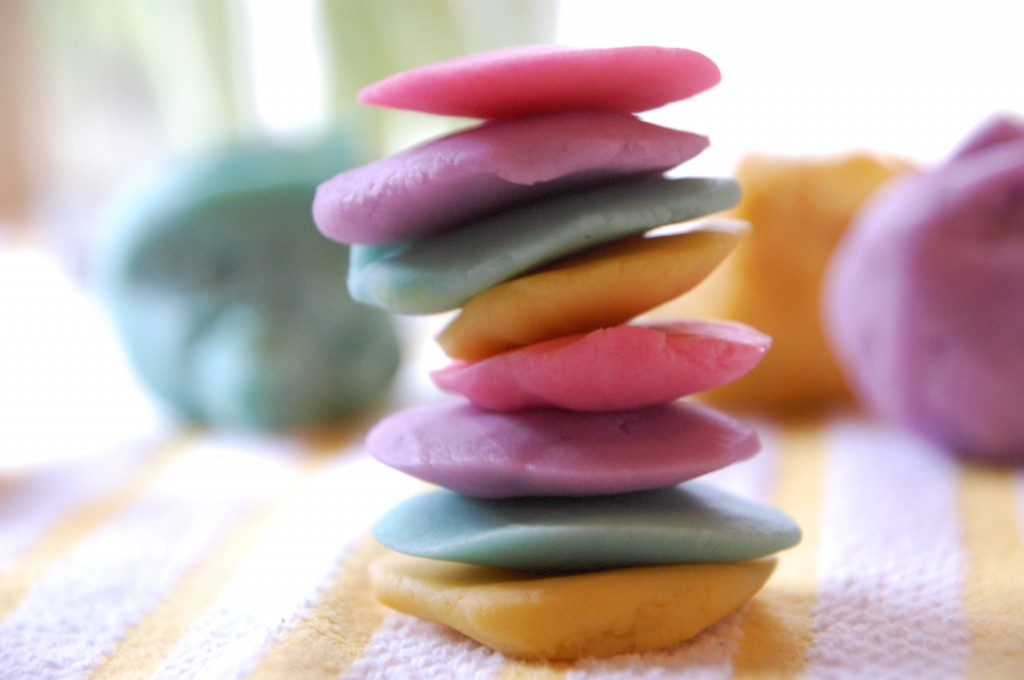
Credit: tinkerlab.com
Glow-in-the-dark Playdough
Glow-in-the-dark playdough is a magical twist on the classic recipe. Kids will love the bright colors that light up in the dark. It’s perfect for evening play or glow parties. This recipe is simple and requires only a few extra ingredients.
Phosphorescent Materials
To create glow-in-the-dark playdough, you need phosphorescent materials. These materials absorb light and then release it slowly. You can find glow-in-the-dark powder online or at craft stores. Make sure it’s non-toxic and safe for kids.
Mix the powder into your playdough recipe. Use about a tablespoon of powder for every cup of flour. Stir well so the glow powder is evenly distributed. Your playdough should now glow in the dark!
Fun Nighttime Activities
Glow-in-the-dark playdough opens up a world of fun nighttime activities. Kids can create glowing shapes and figures. They can even write their names or make glow-in-the-dark animals.
Turn off the lights and watch their creations come alive. This playdough is perfect for sleepovers and birthday parties. It’s also a great way to make bedtime more fun.
With glow-in-the-dark playdough, the possibilities are endless. Encourage your kids to explore their creativity in a whole new light.
Holiday-themed Playdough
Holiday-themed playdough adds joy and creativity to festive celebrations. Whether it’s Christmas, Halloween, or Easter, these DIY playdough recipes can match any holiday spirit. Children will love the different colors and fun molds. Let’s dive into some exciting ideas for holiday-themed playdough!
Seasonal Colors
Bring the holiday cheer with vibrant, seasonal colors. For Christmas, use green, red, and white playdough. These colors can represent Christmas trees, Santa’s suit, and snow. For Halloween, mix orange and black playdough. These colors are perfect for pumpkins and spooky decorations. During Easter, pastel shades like pink, yellow, and light blue work best. These soft colors capture the essence of spring and new beginnings.
Festive Molds
Enhance the playdough experience with festive molds. Christmas-themed molds can include shapes like stars, candy canes, and reindeer. For Halloween, try molds of ghosts, bats, and witches. Easter molds can have shapes like bunnies, eggs, and flowers. These molds make playtime more enjoyable and help children connect with the holiday theme. They also encourage creativity as kids shape their dough into fun, festive figures.
Fizzy Playdough
Fizzy playdough takes the fun of traditional playdough to the next level. This unique recipe combines the tactile joy of playdough with the excitement of a fizzy reaction. Kids will love squeezing and shaping this dough, then watching it fizz and bubble when they add a secret ingredient. It’s a wonderful way to introduce basic chemistry concepts while keeping playtime engaging.
Effervescent Ingredients
The key to creating fizzy playdough lies in the ingredients. Here’s what you’ll need:
- 1 cup of flour
- 1/2 cup of salt
- 1 tablespoon of cream of tartar
- 1 tablespoon of baking soda
- 1 tablespoon of vegetable oil
- 1 cup of water
- Food coloring (optional)
- 1/2 cup of vinegar
Mix the flour, salt, cream of tartar, and baking soda in a bowl. Heat the water and oil in a pan. Add the dry ingredients to the pan and stir until the mixture thickens into dough. Let it cool and add food coloring if desired.
Sensory Play
Fizzy playdough is a fantastic sensory experience for kids. The soft texture of the dough combined with the fizzy reaction creates a multi-sensory activity.
To make it fizz, give your child a small bowl of vinegar. Let them use a dropper to add drops of vinegar to the dough. Watch their eyes light up as the dough fizzes and bubbles!
This activity is great for enhancing fine motor skills and encouraging curiosity. Plus, it’s easy to clean up. Simply rinse any leftover dough down the drain.
Fizzy playdough combines creativity with science, making it a perfect DIY project for children and parents. Try it today and watch the magic unfold!
Soft And Squishy Playdough
Creating soft and squishy playdough at home can be a fun and rewarding activity. Kids love the texture, and it’s a great way to spark creativity. Below are tips and recipes to ensure your playdough remains soft and pliable for longer periods.
Optimal Ratios
Getting the right consistency is key to making playdough soft and squishy. Here are the optimal ratios for the ingredients:
| Ingredient | Quantity |
|---|---|
| All-purpose flour | 2 cups |
| Salt | 1/2 cup |
| Cream of tartar | 2 tablespoons |
| Water | 2 cups |
| Vegetable oil | 2 tablespoons |
| Food coloring | as needed |
Mix the dry ingredients first. Gradually add the water and oil. Stir until the mixture is smooth. For a pop of color, add a few drops of food coloring.
Long-lasting Softness
Maintaining the softness of playdough over time can be tricky. Here are some tips to keep it soft:
- Store the playdough in an airtight container.
- Wrap the playdough in plastic wrap before placing it in the container.
- Add a few drops of vegetable oil if it starts to dry out.
These tips ensure your playdough stays soft and usable for weeks. Happy crafting!
Textured Playdough
Exploring textures can make playdough even more exciting for kids. Textured playdough offers a unique sensory experience. It’s easy to create with common kitchen ingredients. Let’s dive into some fun ideas!
Adding Grains
Adding grains to your playdough makes it more interesting. You can use rice, oats, or quinoa. These grains add a tactile element that kids will love.
- Rice: Mix in a handful of cooked or uncooked rice.
- Oats: Rolled oats work best. They add a soft, bumpy texture.
- Quinoa: Use cooked quinoa for a unique feel.
Simply knead these ingredients into your playdough. The result is a fun, textured dough that kids will enjoy.
Creative Textures
Get creative with different textures. Use items like sand, coffee grounds, or glitter. Each addition brings a new sensory experience.
- Sand: Fine sand creates a gritty texture.
- Coffee Grounds: Used grounds are perfect. They add a grainy feel and a pleasant smell.
- Glitter: Add sparkle and texture with fine glitter.
Mix these items into your playdough. Kids will love the variety and the new sensory experiences. Textured playdough is a great way to keep playtime fun and engaging.
Calming Playdough
Playdough can be more than just a fun activity for kids. Calming playdough can help reduce stress and anxiety. It is perfect for kids and adults alike. This type of playdough uses soothing ingredients and stress relief techniques to create a peaceful experience.
Soothing Ingredients
Calming playdough recipes often include ingredients like lavender oil. Lavender is known for its calming properties. Chamomile is another great addition. It can help relax the mind and body. Essential oils like eucalyptus also add a soothing touch. These ingredients not only smell good but also promote relaxation.
Adding food coloring can also make a difference. Choose colors like blue or green. These colors are known for their calming effects. They can help create a more peaceful playtime experience. Soft textures also play a role. Use flour and cornstarch to achieve the right consistency. This combination creates a smooth, silky feel that is soothing to touch.
Stress Relief Techniques
Using calming playdough can be a great stress relief technique. Simply squeezing and molding the dough can be therapeutic. It helps release tension and stress. Try deep breathing exercises while playing with the dough. Inhale deeply through the nose, hold for a few seconds, then exhale slowly. This technique, combined with the soothing texture, can be very effective.
Another technique is to create shapes or figures. This can be a form of mindfulness. Focus on the process and the feel of the dough. This can help divert attention from stressors. You can also use calming playdough during meditation sessions. Hold the dough in your hands while meditating. The texture and scent can enhance the meditation experience.
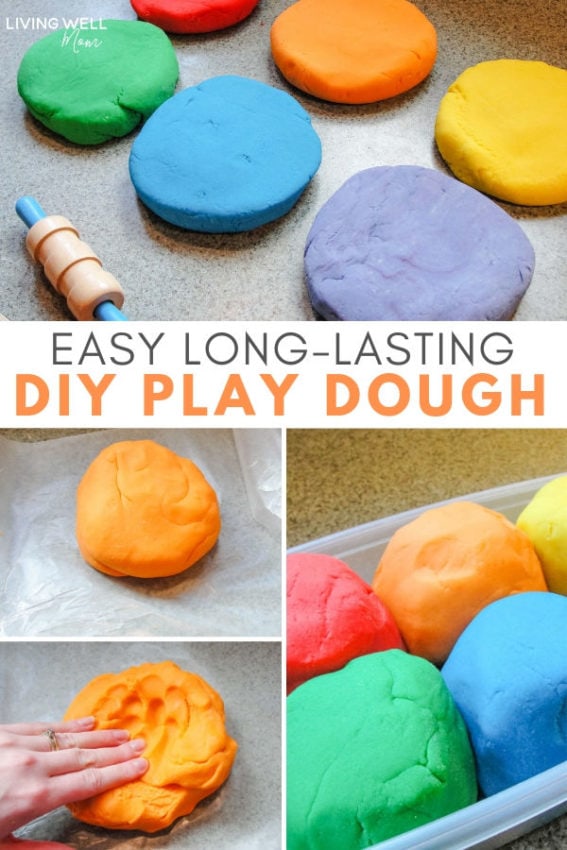
Credit: livingwellmom.com
Conclusion
Creating flour playdough at home is fun and easy. These 15 recipes offer variety and creativity. Kids enjoy making and playing with dough. You control ingredients, ensuring safety. Flour playdough provides hours of entertainment. It’s also a great learning tool.
Kids develop fine motor skills and creativity. Try these recipes and see the joy they bring. Happy playdough making!
